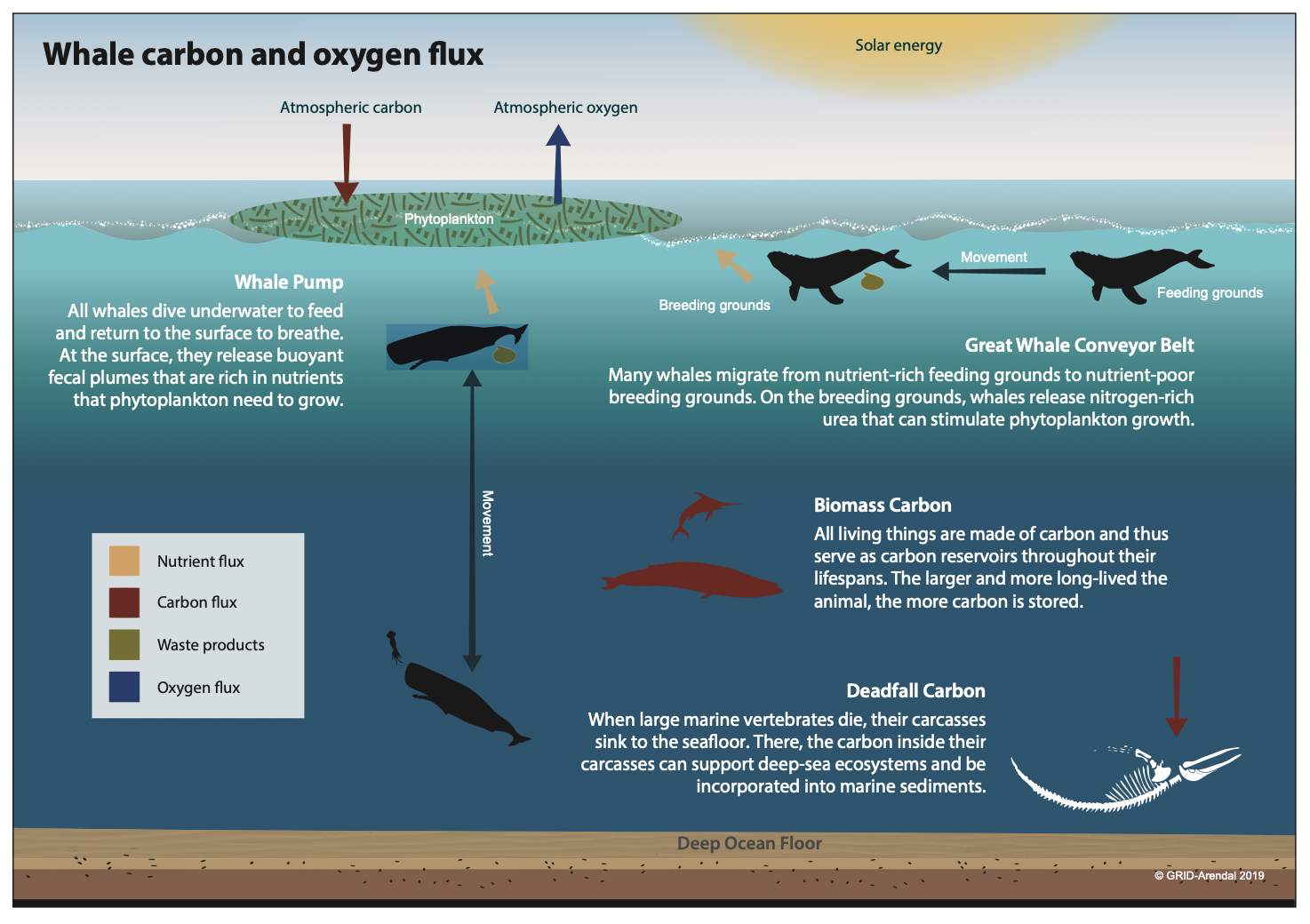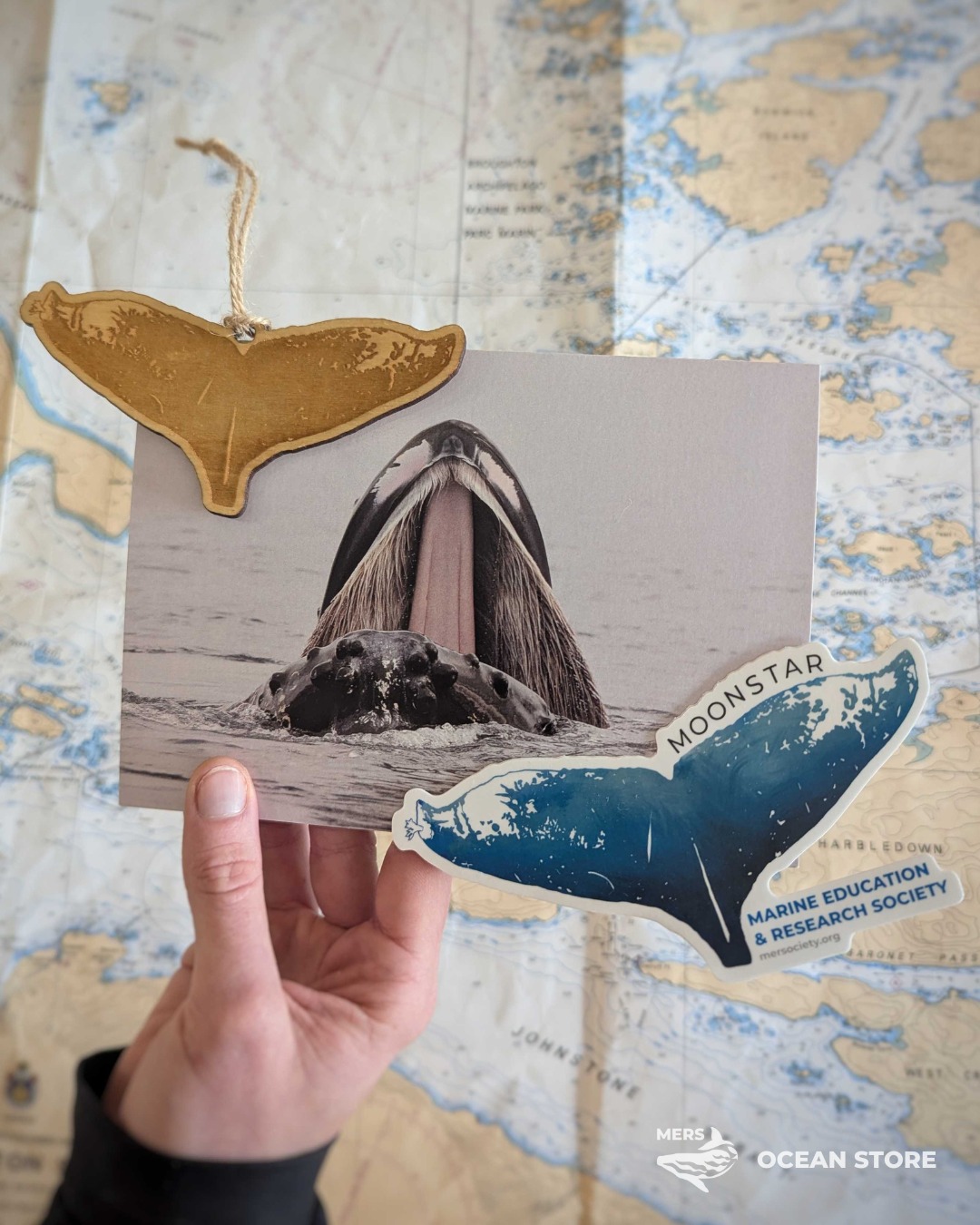See a Blow? Go Slow!
But what’s the blow?
It’s not water blown through the whale’s head! A whale expelling water though their blowhole would be drowning. Every once in a while / whale we need to clarify that. ![]()
There’s no connection between a whale’s mouth and blow holes (nostrils). Additionally, their internal temperature is the same as ours and that of other mammals.

Explained so well in the Hakai Magazine article “Storybook Whale Fail“:
“In the popular 2003 animated film Finding Nemo, two fish gulped down by a baleen whale escape when the whale shoots them out on a jet of water . . . . Let’s be clear: any whale that expels water from its blowhole is drowning.
Blowholes are modified nostrils, and whales use them to breathe air. The whale’s mouth and esophagus are completely separate from its blowhole and airway, so Nemo’s friends would find no escape there, and the spray that whales spout isn’t water. It’s warm, moist air from their lungs, droplets of water from around the blowhole, and a certain amount of whale snot.”
So there you go – www.SeeABlowGoSlow.org!
But realize that your ability to see a blow depends on how much the whale is exerting themselves (how powerful the exhalation is) and weather conditions such as wind and the temperature of the air.
_____________________
Boaters need to be vigilant for whales at all times. No fiction is needed. Reality is, we are so lucky to have witnessed the return of giants from the brink of extinction and oh the richness we gain.
What comes out of the other end of the whale is deposited at the surface, fertilizing the ecosystem, increasing productivity, oxygen production, and the amount of carbon dioxide absorbed.
In a report by the International Monetary Fund, it is put forward that each great whale sequesters ~ 33 tons of carbon. That’s the equivalent of around 30,000 trees.
That’s no blow!



